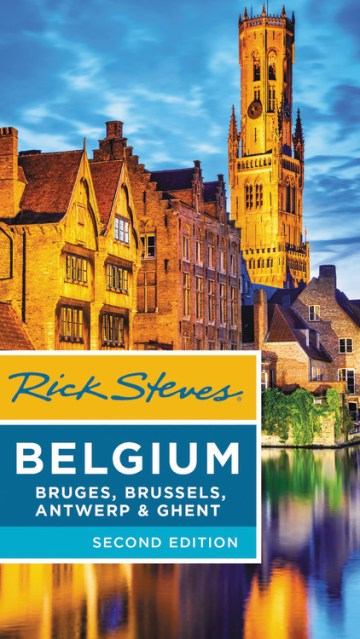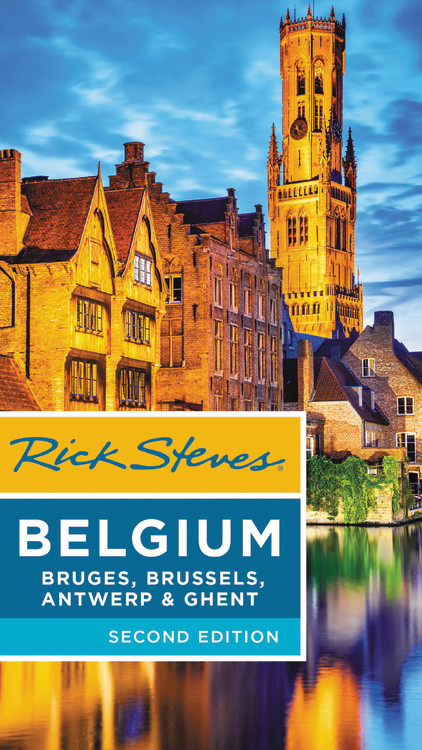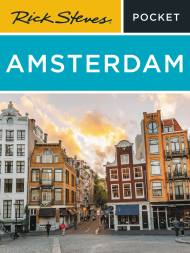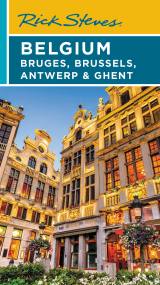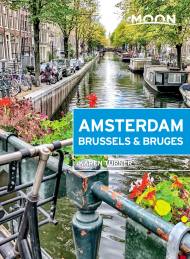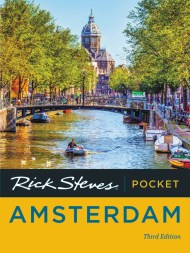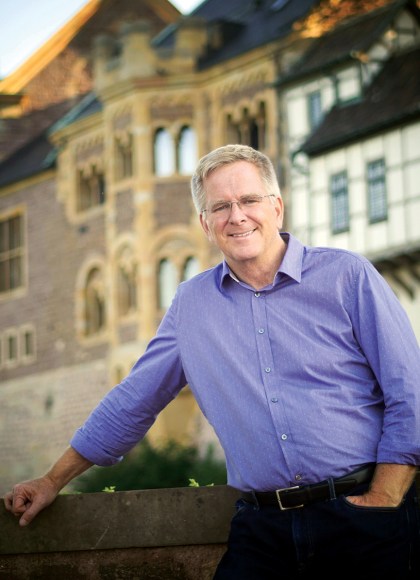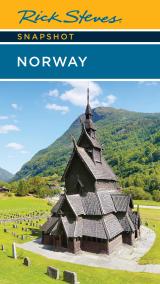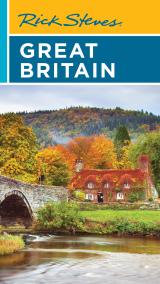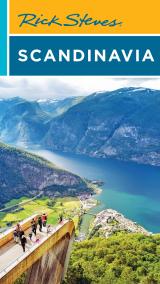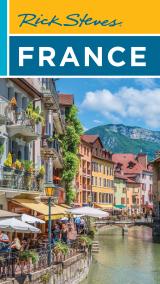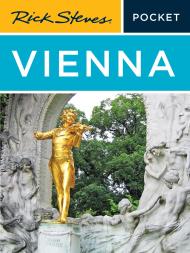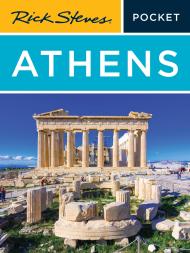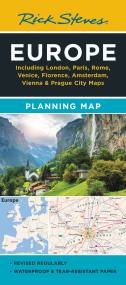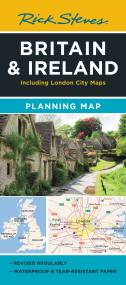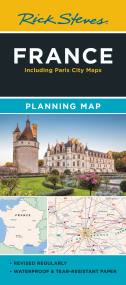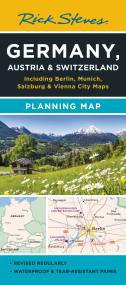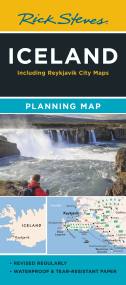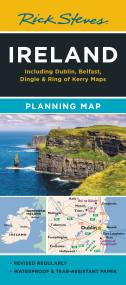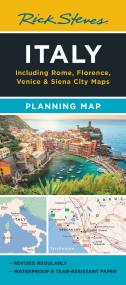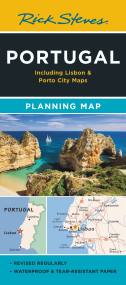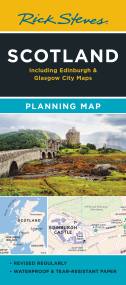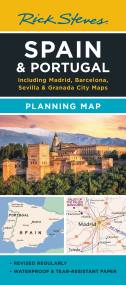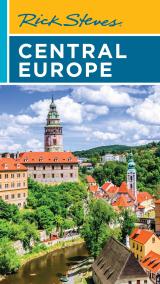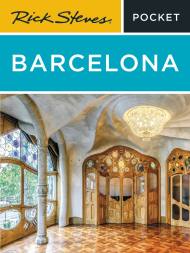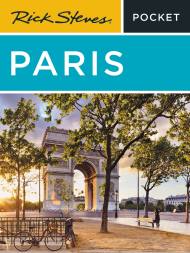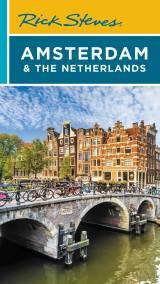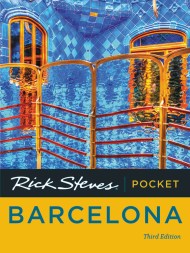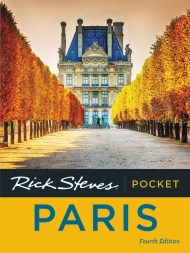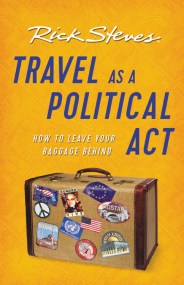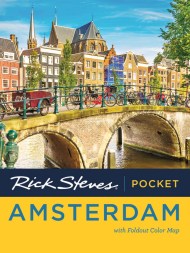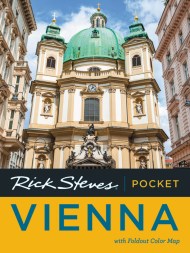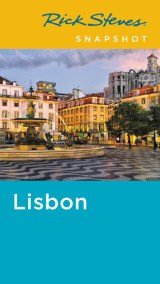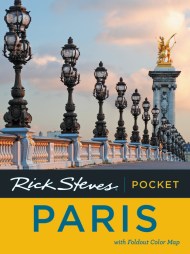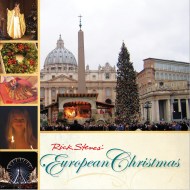Promotion
Use code FALL24 for 20% off sitewide!
Rick Steves Belgium: Bruges, Brussels, Antwerp & Ghent
Contributors
By Rick Steves
By Rick Steves
Formats and Prices
Price
$13.99Price
$17.99 CADFormat
Format:
ebook $13.99 $17.99 CADThis item is a preorder. Your payment method will be charged immediately, and the product is expected to ship on or around June 13, 2017. This date is subject to change due to shipping delays beyond our control.
Also available from:
Inside Rick Steves Belgium: Bruges, Brussels, Antwerp & Ghent you’ll find:
- Comprehensive coverage for spending a week or more exploring Belgium
- Rick’s strategic advice on how to get the most out of your time and money, with rankings of his must-see favorites
- Top sights and hidden gems, from the European Parliament and Flanders Fields to boutique breweries and cozy bars with perfect Belgian fries
- How to connect with local culture: Lose yourself in the work of the Flemish masters, sample fine chocolates, and sip craft beers with friendly locals
- Beat the crowds, skip the lines, and avoid tourist traps with Rick’s candid, humorous insight
- The best places to eat, sleep, and relax
- Self-guided walking tours of lively neighborhoods and incredible museums
- Detailed maps for exploring on the go
- Useful resources including a packing list, Dutch and French phrase books, a historical overview, and recommended reading
- Over 300 bible-thin pages include everything worth seeing without weighing you down
- Complete, up-to-date information on Bruges, Brussels, Antwerp, Ghent, and more
Special ebook features:
- Easily navigate listings with quick searches, plus website links and zoom-in maps and images
- Personalize your guide by adding notes and bookmarks
Series:
- On Sale
- Jun 13, 2017
- Page Count
- 364 pages
- Publisher
- Rick Steves
- ISBN-13
- 9781631216107
Newsletter Signup
By clicking ‘Sign Up,’ I acknowledge that I have read and agree to Hachette Book Group’s Privacy Policy and Terms of Use
